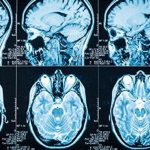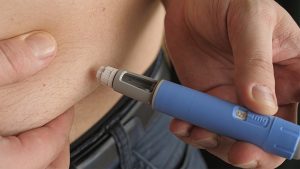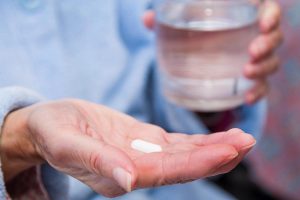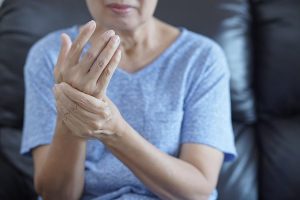
U.S. cases of syphilis have soared past numbers seen just a decade ago, new government statistics show. The grim numbers are for 2022, the latest year for which an accurate tally is available. More than 202,000 cases were recorded among Americans that year — a 17% rise over 2021 numbers and an 80% rise over numbers recorded in 2018, the report from the U.S. Centers for Disease Control and Prevention found. Congenital syphilis — when the disease is passed from a mother to her newborn — can be very harmful to infants, and those cases have also risen at an alarming rate. Over 3,700 such cases were reported in 2022, the CDC reported in November, including 231 stillbirths and 51 infant deaths. Left untreated, syphilis in adults can damage the heart and brain and cause blindness, deafness and paralysis. Why the steady, sharp rise in cases? Experts believe that reductions in condom use have occurred as more Americans are turning to drug regimens that effectively prevent HIV infections without condoms. According to the New York Times, condom use by high school students has fallen by 8 percentage points between 2011 and 2021. The number of clinics focused on sexual health has also declined nationwide, experts say. “Sexual health services remain inadequate relative to the need pretty much everywhere,” Dr. Jay Varma, chief medical officer at… read on > read on >





























-300x200.jpg)







-300x169.jpg)
